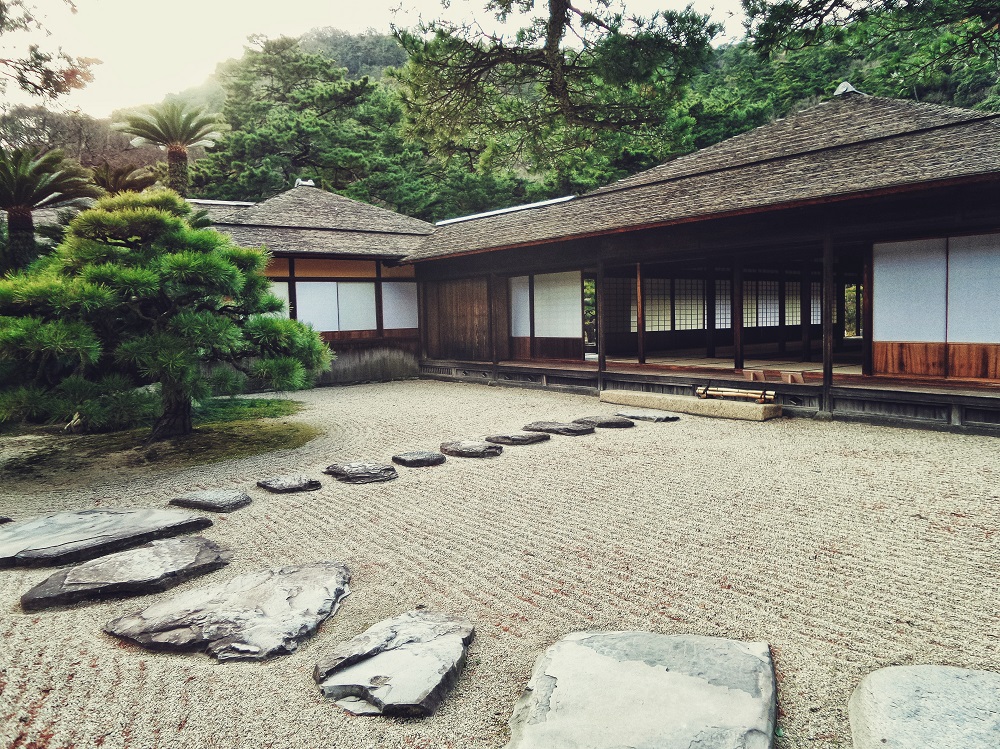Electricity consumption has been a pressing issue for homeowners ever since. It’s tough to make adjustments to electricity usage if we rely on electricity daily, from charging mobile devices, watching TV, cooking meals, and adjusting the room temperature. Most homeowners rely on electrical services to address phantom loads, while some invest in solar-powered systems to save on electricity. Whatever approach you use, making homes energy-efficient is the best way to address the rising electricity bills.
Energy-efficient homes are becoming a practical option for home buyers. The real estate sector is sensing a higher demand for energy-efficient homes in the coming years. In fact, they are already selling faster at a higher price than traditional homes.
While energy-efficient homes prove to be a profitable housing investment, the initial cost to build and design one can be quite expensive. This explains why homeowners resort to other alternatives to make their homes energy-saving. This is where energy-efficient landscaping comes in that helps reduce the energy consumption of your home.
A well-designed landscape won’t only enhance the aesthetic appeal of your home but also reduce heating and cooling costs. To reap the benefits of energy-efficient landscaping, here are ways to recreate your garden to reduce power bills and help the environment.
Remove the grass
According to the U.S. Environmental Protection Agency, 30% to 60% of water is wasted in urban cities to keep grass alive. Reducing the grass footprint of your lawn can make a big difference to your water bills. Not only that, lesser grass means lesser fertilizer and pesticide, reduced noise and air pollution from the mower, and fewer lawn clippings to throw away.
Reducing grass won’t affect the appearance of your yard if you combine the remaining grass with the right hardscape. For example, you can add walking paths made of gravel and stone while surrounded by shrubs and wildflowers.

Arrange the position of trees
Well-positioned trees can reduce the cooling costs of your home by at least 50%. Tall shade trees such as evergreen trees are the best tree species to shield your home from solar heat. But if you live in a tropical area that receives a lot of sunlight all year round, it’s best to grow trees that can protect your home regardless of the season.
Leafy trees absorb heat during the summer and allow sunlight to enter your home in winter. But keep in mind that leafy trees come in different varieties. Cottonwoods are popular among new homeowners since they grow faster and have a broader canopy. With their brittle limbs and intrusive roots, they also absorb water during rainstorms.
If you’re unsure which tree you should grow in your yard, consult an arborist to know which one suits your climate.
Create a windbreak
The wind chill is often the reason behind the cold temperature inside the house. Cold wind chills can lead to costly heating costs, which drive up the electricity bill. If your house isn’t protected from freezing winds, this puts significant pressure on the heating system.
Building a windchill in your landscape helps reduce electricity and fuel consumption by blocking harsh winter wins around the house. There are different ways to build a wind chill; you can build a group or row of trees, hedges, shrubs, fences, or any structural element to direct and block the wind.
Evergreens do a great job of blocking winds because of their dense foliage. You can also try cedar, fir, and spruce trees and set them apart at least five to 10 feet to catch wind before they reach your house.
Install eco-friendly lights
Installing garden lights are a great addition to any landscape by adding a warm elegance to your yard every night. Although lights provide a comforting ambiance to your garden paths and walkways, too much of them can cost a lot of electricity.
Solar landscape lights are a great alternative to traditional outdoor lighting. They’re eco-friendly, cost-effective, and require no electrical connection. Each light has a self-contained power unit and acquires power directly from the solar panel.
You can install landscape lights either by mounting them on the wall or sticking them on the ground. To generate the most power, the solar panel should be facing the south. Every night, you can turn on the lights for security and illumination for your energy-efficient garden.
The right approach to landscaping can make a big difference in your energy consumption. Not only does it add elegance to your yard, but it also brings down electricity costs. It goes without saying that owning an energy-efficient home doesn’t require high-tech appliances and costly solutions. In the end, all you need is the right amount of creativity and resources.


